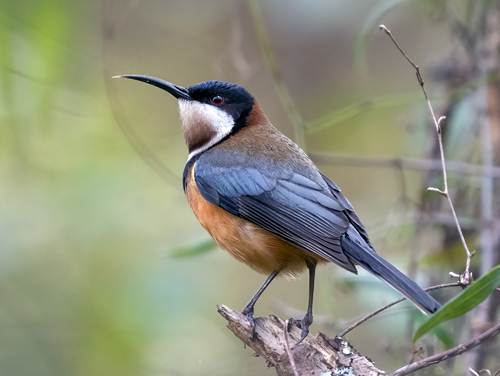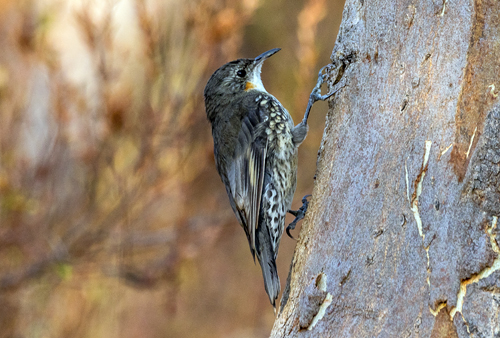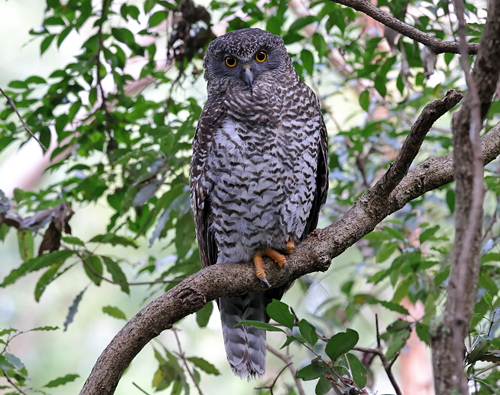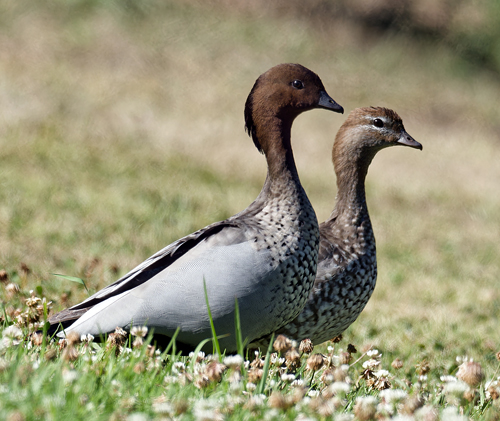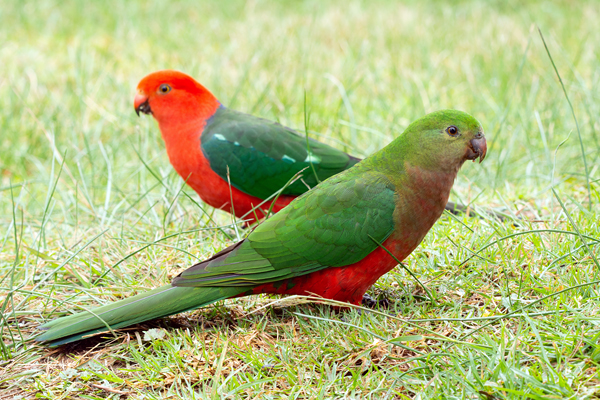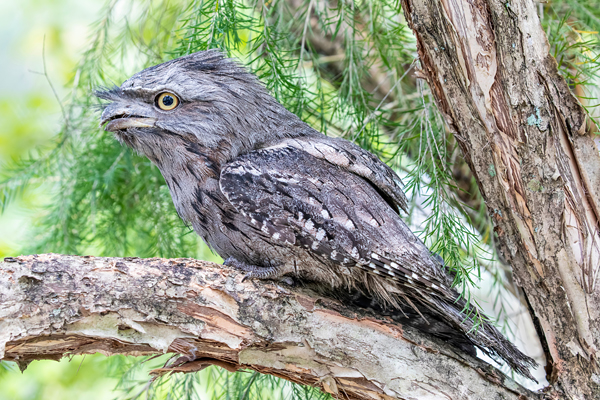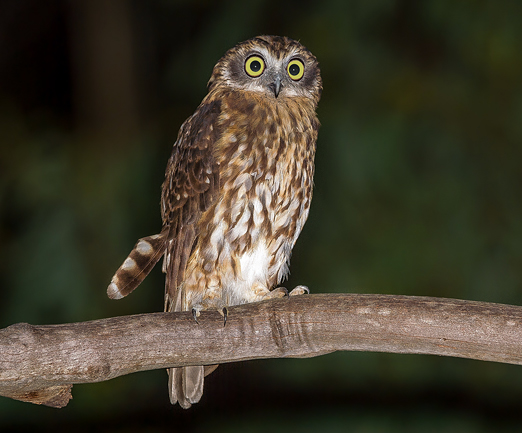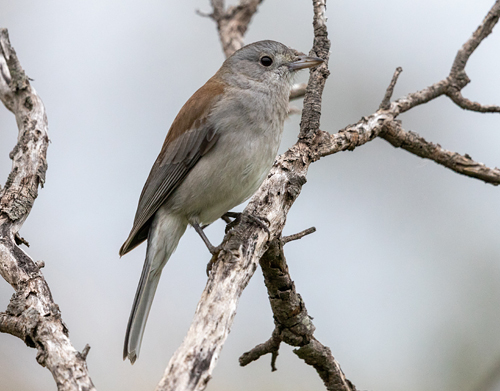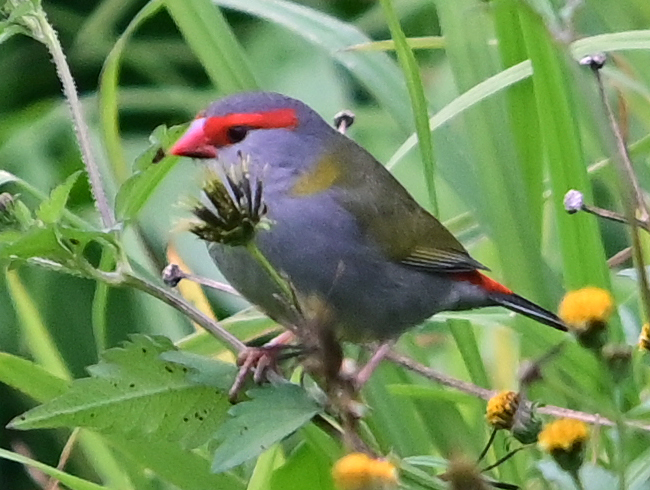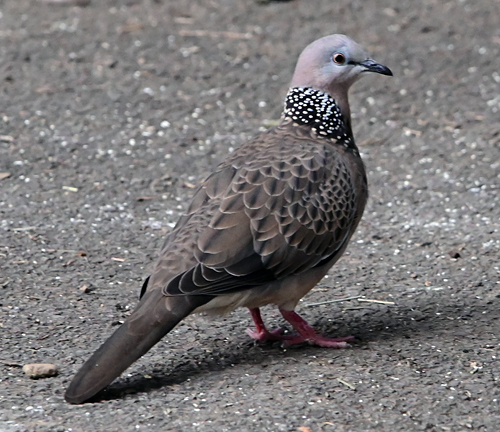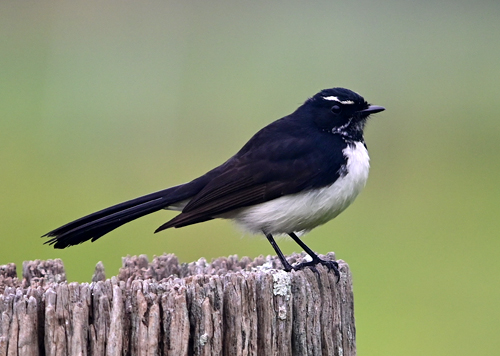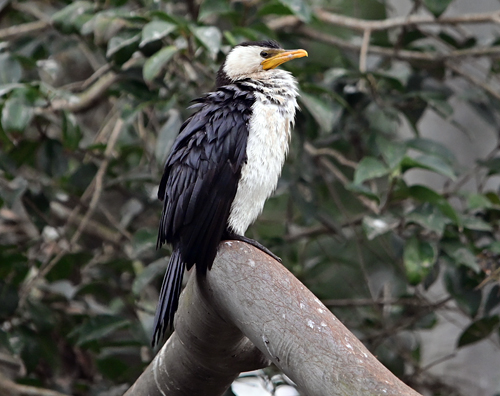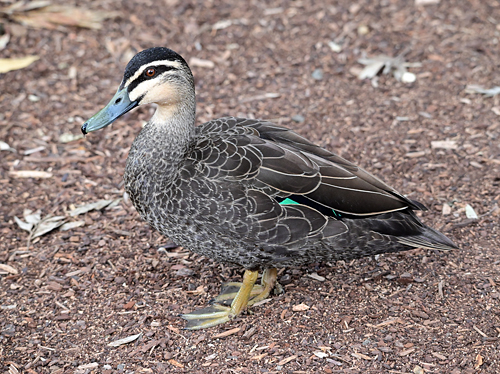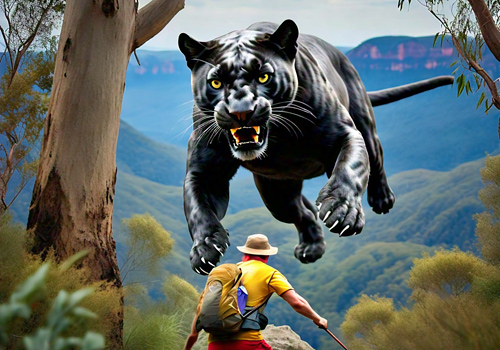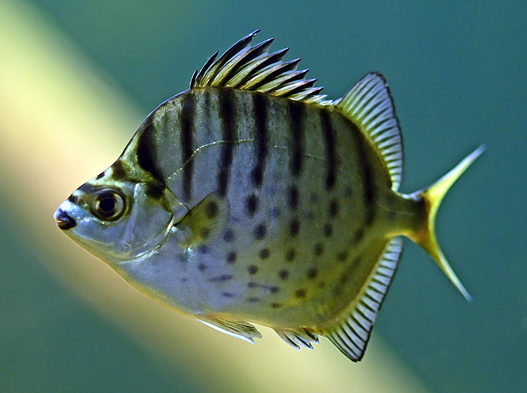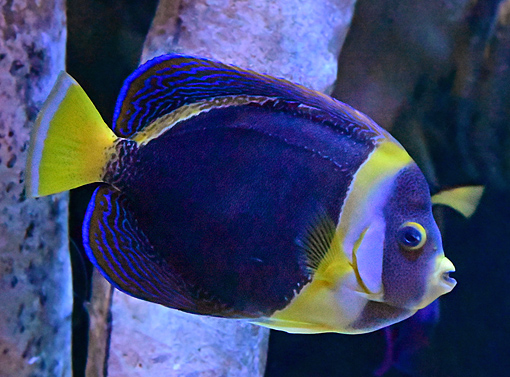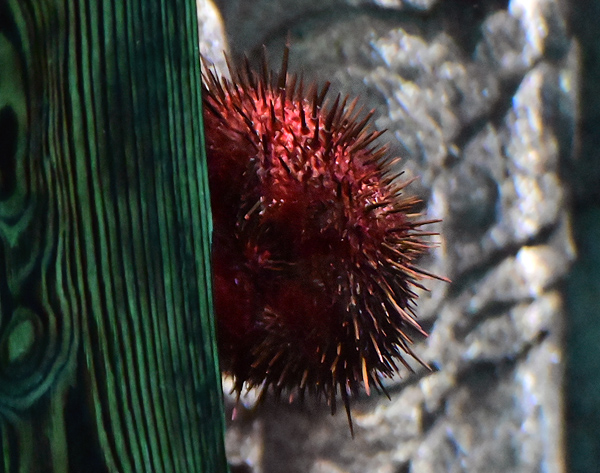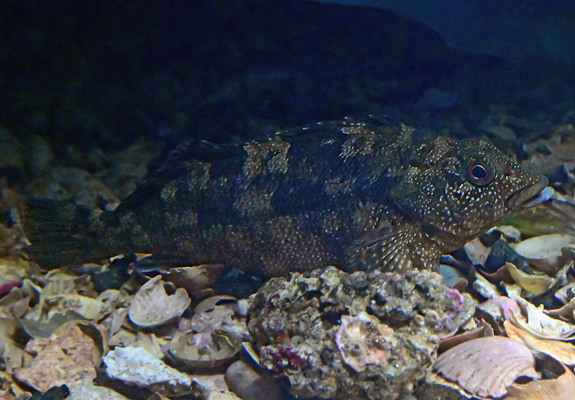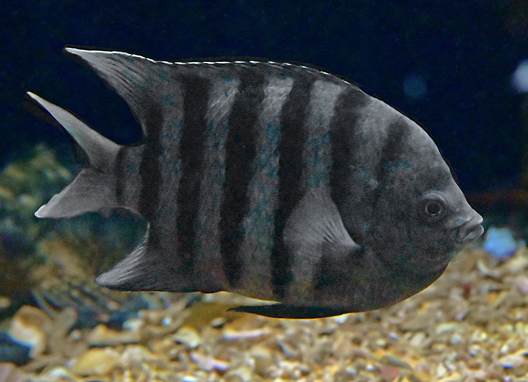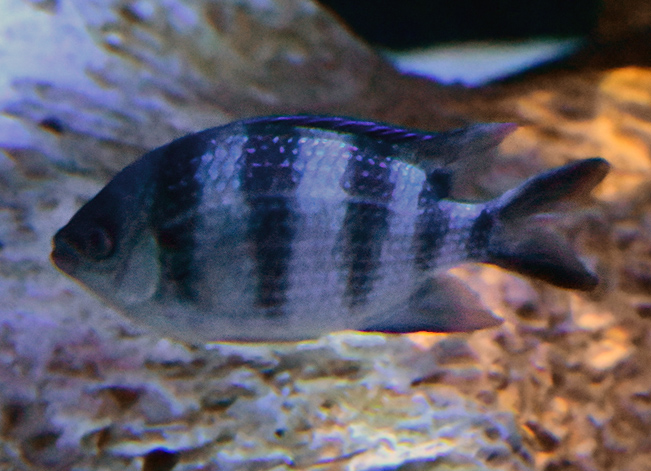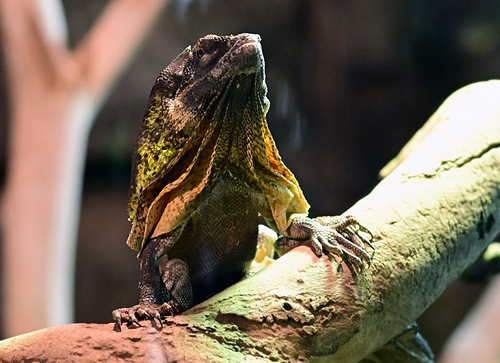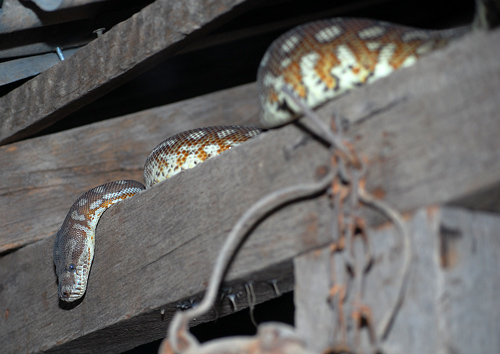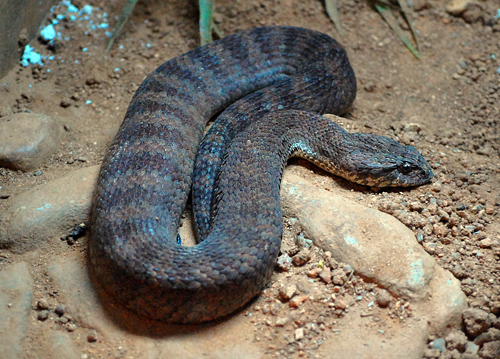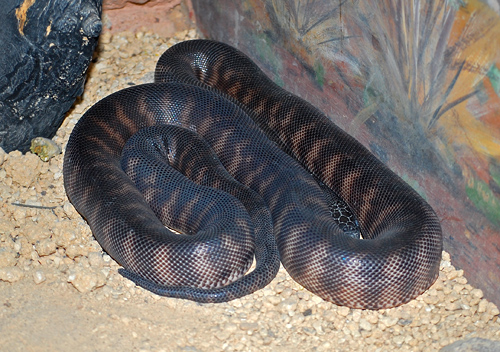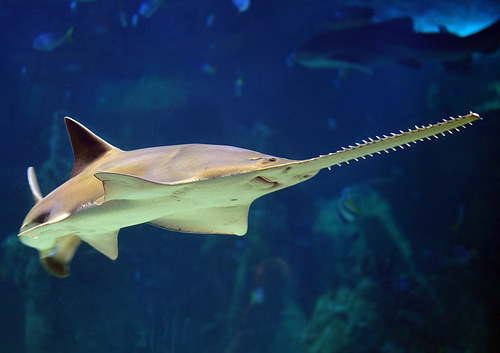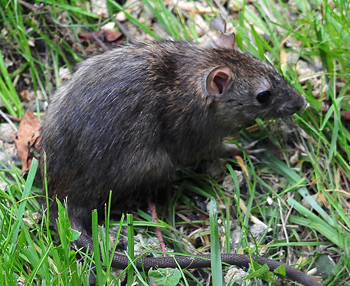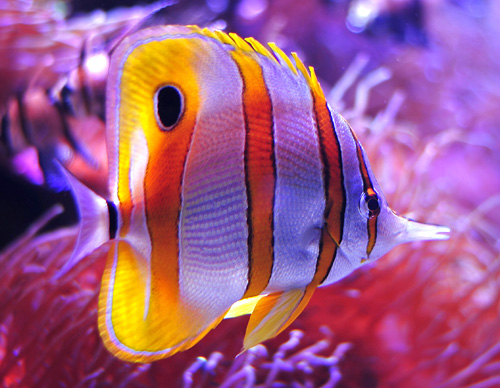Common Death Adder
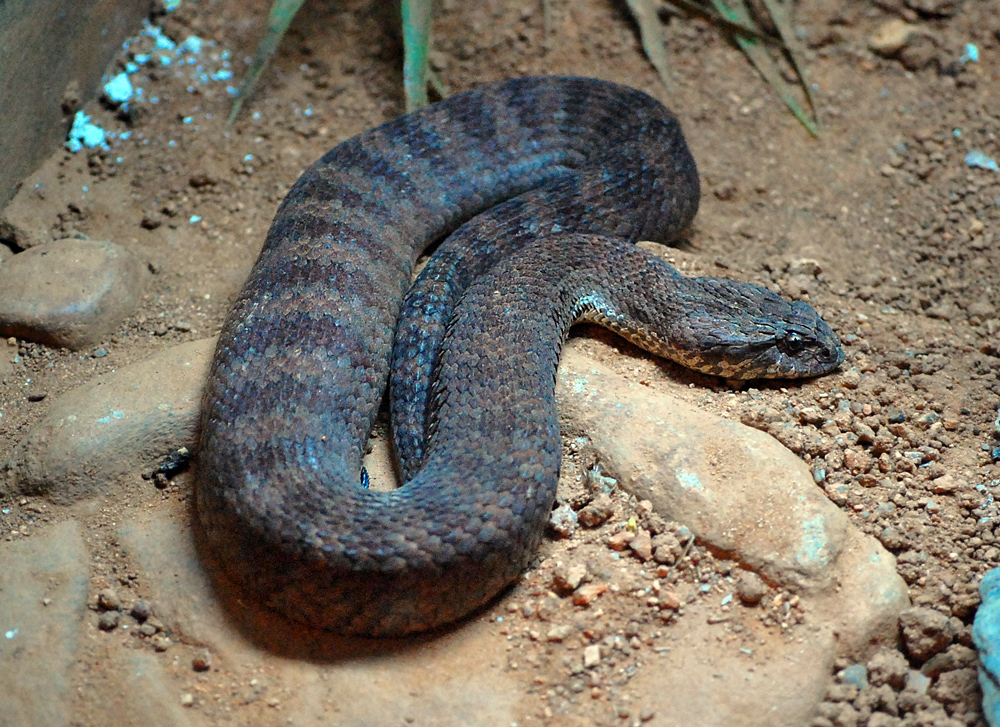
Acanthopis antarcticus
Danger: ![]() Dangerously venomous
Dangerously venomous
Size: Typical 70 cm, maxiumum 1 metre.
Family: Elapidae (Elapid snakes, about 60 species in Australia, about 300 species in the world).
Distribution: Much of Eastern Australia, not VIC or TAS, some southern parts of SA and WA. Native to Australia.
Status: Widespread and common, but declining in many areas, probably from habitat desctruction due to humans, and altered fire regimes. Cane toads are also a problem, as adult death adders eat them and die from the cane toad's poison. Also cane toads eat young death adders.
Habitat: Rainforests to scrublands and heaths.
References: Wilson and Swan, Wikipedia.
About the Common Death Adder
(From Wikipedia): Death adders possess the longest fangs of any Australian snake. Unlike the common or European adder (Vipera berus), the common death adder is a member of the snake family Elapidae, rather than the family Viperidae, which are not found in Australia. It is one of the most venomous land snakes in Australia and globally.
Field Marks: Death adders can be recognised by their short size but fat body, with a large head and a short, stumpy tail. They have irregular bands/stripes on their body, and almost look a little like a blue tongue lizard (except longer, and with no legs).
Diet: Common death adders eat small mammals and birds as a primary diet. Unlike other snakes, the common death adder lies in wait for its prey (often for many days) until a meal passes. It covers itself with leaves — making itself inconspicuous — and lies coiled in ambush, twitching its grub-like tail close to its head as a lure. When an animal approaches to investigate the movement, the death adder quickly strikes, injecting its venom and then waits for the victim to die before eating it.
Predators: Cane toads eat young death adders, and adult death adders are killed from eating cane toads, which are highly toxic to Australian reptiles.

Photo: Featherdale Wildlife Park, Sydney NSW. Higher Resolution 2817 x 1878.
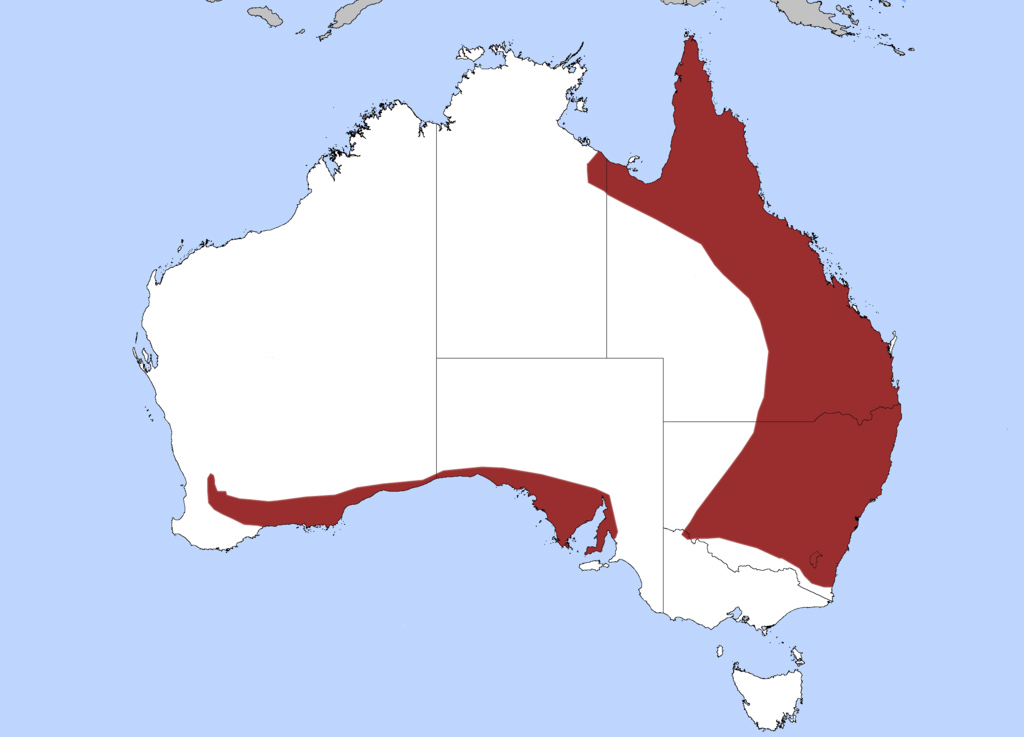
Photo: Featherdale Wildlife Park, Sydney NSW.
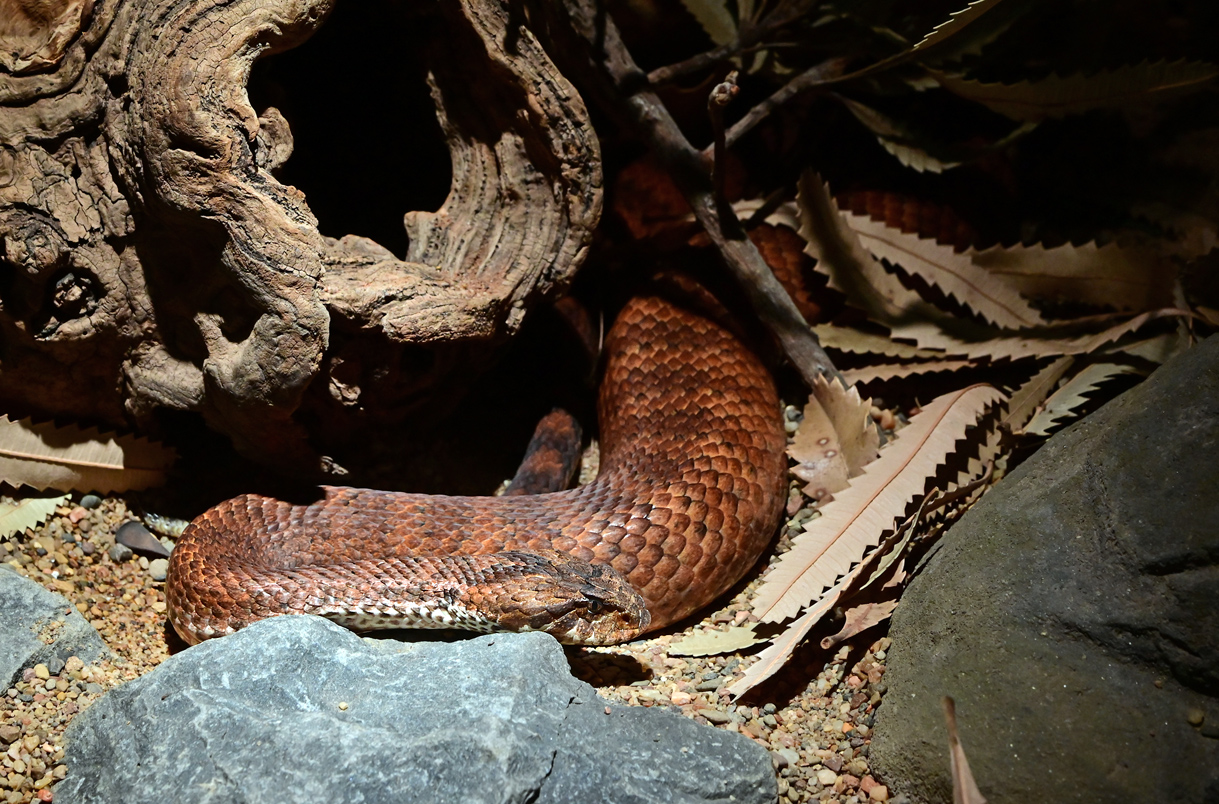
Photo: Featherdale Wildlife Park, Sydney NSW. Higher Resolution 3024 x 2012.

Photo: Featherdale Wildlife Park, Sydney NSW. Higher Resolution 3024 x 2012.

Distribution of Death Adder: Image by Nrg800 at Wikipedia.

Photo taken at Australian Reptile Park, Gosford NSW.

Photo taken at Australian Reptile Park, Gosford NSW.
See Also
Australian Mammals
Australian Birds
Australian Frogs
Australian Fish
Australian Spiders and Their Faces
Australian Wild Plant Foods
Return to Australian Reptiles



